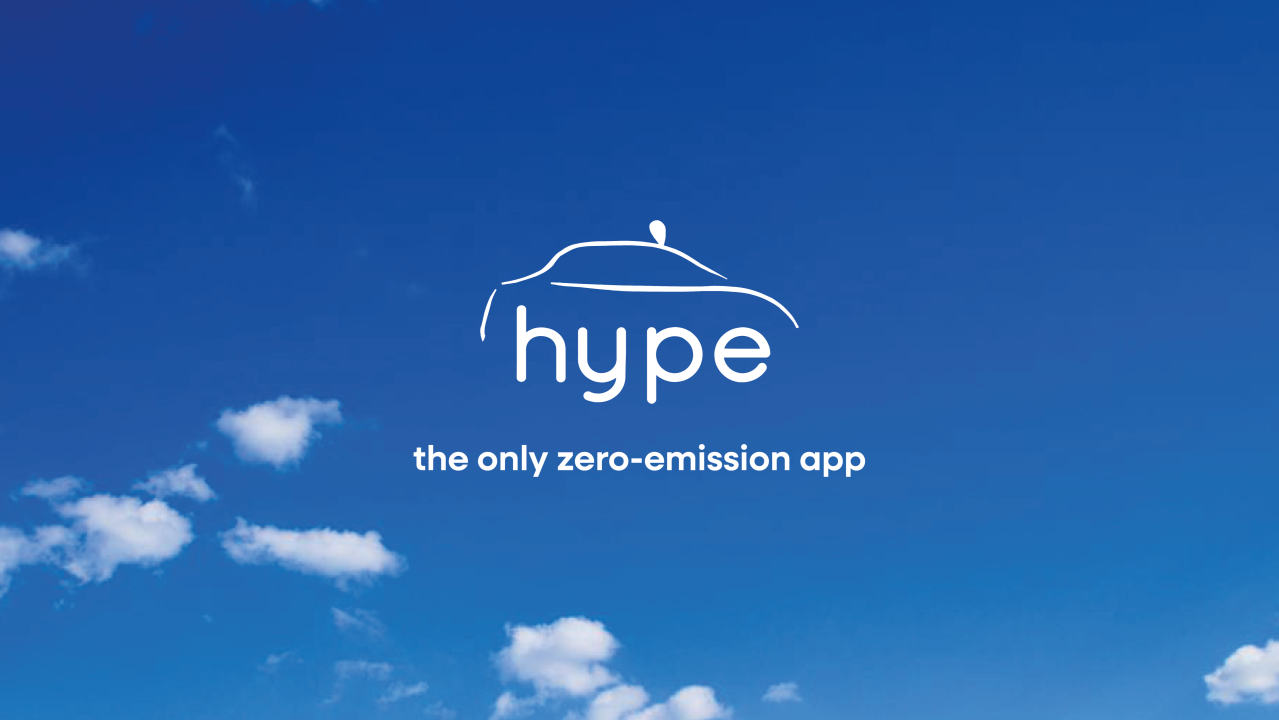
Our vision and goals have always been clear:
10 years later, our vision remains the same, but the reality is that grey hydrogen, and its alibi, blue hydrogen, have won this round in the Paris region and we must now clearly draw the consequences.
Since 2021, hydrogen prices have skyrocketed in the Paris region
When we launched in 2015, Hype paid €12/kg (excl. VAT) for (non-green) hydrogen supplied at the first station on Place de l’Alma. Prices gradually dropped to €9/kg in 2021, in line with the deployment of the first stations in the Paris region.
In 2025, after countless speeches, national plans, massive European, national, and regional subsidies, the 2024 Paris Olympics, with around ten stations deployed and a 200-fold increase in distribution capacity, the largest customer by far, Hype, is paying between €16 and €18/kg (excl. VAT) in the Paris region for (non-green) hydrogen. That’s €19.20 to €21.60/kg incl. VAT, as displayed at the pump.
This is:
Why this backwards trend, marking a failure in the Paris region ?
Perhaps it is the interest of those who now effectively control the hydrogen distribution networks in the Paris region?
Air Liquide and TotalEnergies have managed to form a sort of oligopoly in the Paris region through different legal entities, like the “startup” HysetCo, the Hy24 fund, and the joint venture TEAL (see shareholding chart), all legally independent but where these groups are administrators, minority shareholders or investors.
At the same time, these large groups announce colossal investments projects in green hydrogen, but with distant timelines and without any commitment to a timetable.
In any case, the current price levels are blocking the development of hydrogen mobilities, which are also insufficiently supported.
Why now ? What changed ?
Hype has always accepted the challenges of being a trailblazer in complex competitive environments. But concretely, to produce green hydrogen in the short term, you need electrolysers, and the only French manufacturer was McPhy. What’s happening now with McPhy erodes confidence in the French hydrogen sector.
By suddenly filing for receivership, McPhy caught everyone off guard, especially its clients.
It appears McPhy still has tens of millions of euros in cash and subsidies to receive.
Will public authorities, who grant these subsidies and sit on McPhy’s board via BPI and EDF, ensure that McPhy’s commitments to clients at the heart of the green hydrogen sector are upheld? Hype is at risk for €6 million already paid to McPhy as part of four projects in the Paris region.
Despite our requests, we’ve received no response about what happens next.
In this context, Hype can no longer guarantee a realistic path to green hydrogen in the Paris region, and we do not wish to risk being used as a guarantee for potential greenwashing in hydrogen mobility.
So what now, concretely ?
We still have the best teams and a relevant portfolio of hydrogen mobility assets (700 bars), and we see that other players abroad are making real progress in green hydrogen. We are in talks for new partnerships in France and elsewhere.
We intend to carry on with hydrogen mobility projects for buses, coaches, waste trucks, tractors, and specialised vehicles, working with independent and relevant partners such as Lhyfe and B.E. Green, as we consider these applications still relevant in France, especially within balanced projects led by local authorities.
For hydrogen light commercial vehicles, since the market currently has no battery equivalent suited for wheelchair-accessible zero-emission taxis, we will continue to develop hydrogen vehicle usage in this space if we find an industrial partnership compatible with the current product maturity.
But for our core business, all our efforts to deploy zero-emission solutions for Paris-region taxis will now focus solely on battery electric vehicles.
We will do again with the new vehicle and automotive partner to be selected through our ongoing consultation process, what we achieved in the past with the Toyota Mirai.
We will roll out several hundred of these new vehicles in 2025, aiming for a full transition to zero-emission for all 60,000 taxis and PHVs in the Paris region as soon as possible and before 2030.